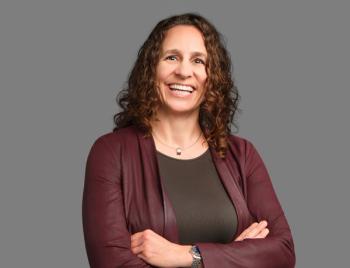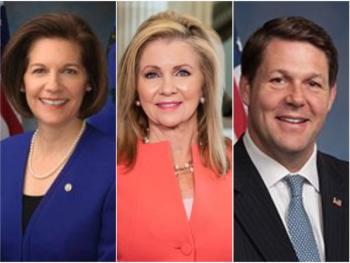
Why inclusion may be more important than diversity

Businesses are going to have more diverse workforces if they want to survive. But they key is giving women and members of minority groups a seat at the table.
Orlando, Florida – Healthcare leaders have said they are increasingly focused on diversity and inclusion in their organizations.
Johnny Taylor, president and CEO of the Society for Human Resources Management, made this assessment at a panel at the HIMSS 2022 Global Health Conference & Exhibition.
When it comes to diversity and inclusion, Taylor said, “Inclusion is more important.”
“We’re going to get diversity,” he said, adding, “Your workforce will be more diverse or you’re not going to be in business.”
Other members of the panel, moderated by Scott Pelley of “60 Minutes,” shared that view. To be very clear, they all talked about the need for more diversity in healthcare. But they also said it’s time to give a greater voice to women and members of minority groups.
Tamara Sunbul, medical director of clinical informatics at Johns Hopkins Aramco Healthcare, said healthcare organizations need to be a better job of listening to workers. Hospitals needs to create a culture where all workers feel like they can speak out and know their voice will be heard, she said.
Healthcare organizations also need to do a better job of putting women and members of minority groups in leadership roles.
Sunbul asked, “How many women in medicine are sitting at those decision tables?”
Thomas Sequist, chief medical officer at Mass General Brigham, talked about the striking lack of diversity in leadership roles in healthcare. In a recent
"We have made little progress as a healthcare educational system in cultivating a group of diverse healthcare leaders and professionals," Sequist said.
Kim Drumgo, Geisinger Health’s diversity officer, said the organization is going to be measuring diversity and inclusion at all levels. She became Geisinger’s first diversity chief in September 2021.
“We want to make sure we are hiring, promoting and retaining diverse talent,” she said in a recent
Jennifer Mieres, Northwell Health’s chief diversity and inclusion officer, told Chief Healthcare Executive in a February
Healthcare organizations also need to consider taking a wider view of filling positions. Some positions may not require advanced degrees, Taylor said.
“We have got to expand our idea of who is qualified for what,” he said.
Discrimination based on age is too common and is keeping some organizations from finding good people. Taylor said the perception of a woman in her 50s is too often skewed by the idea, “How much runway does she have?” As Taylor said, that individual may have plenty of “runway.”
About 1 in 5 healthcare workers have left their jobs during the COVID-19 pandemic, and many doctors and nurses have said
While some departures are due to the pandemic, some people are quitting because of leaders with poor management skills, according to the members of the panel at HIMSS conference.
Women and members of minority groups are more likely to stay with a healthcare organization if they have an empathetic workforce, said Diane Swonk, chief economist at Grant Thornton. Compensation helps keep talent, but even as an economist, she said workers won’t just stay for a paycheck.
Healthcare organizations need to get more diversity in leadership roles, which will only make them stronger.
“Lean into the diversity that’s there,” Swonk said, adding, “The potential and the money we leave on the table is huge.”






















































































